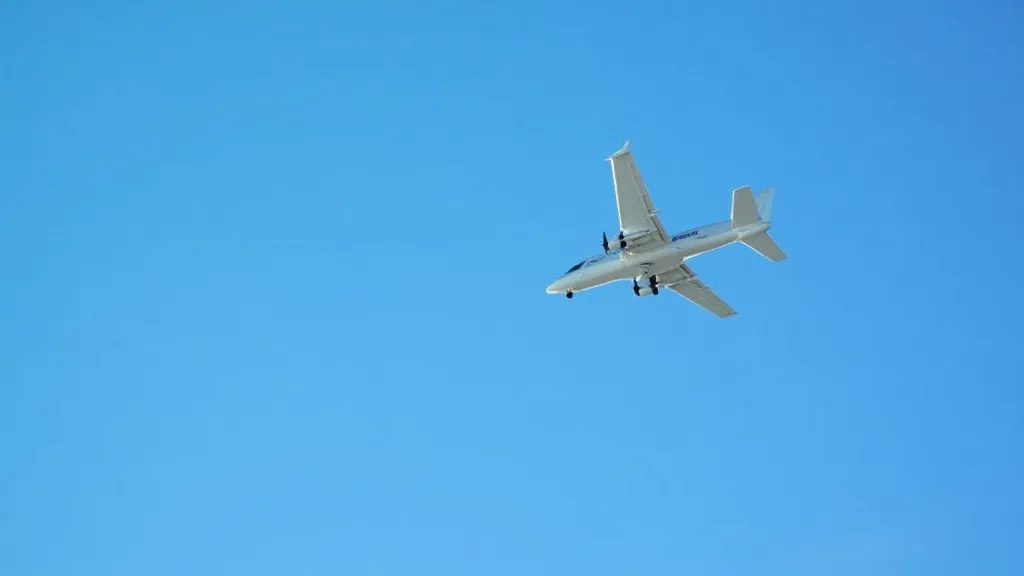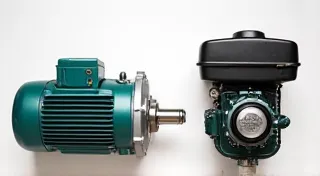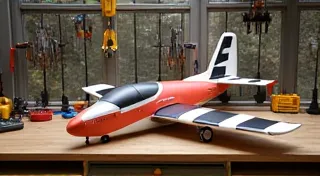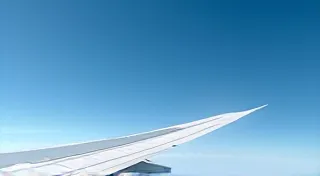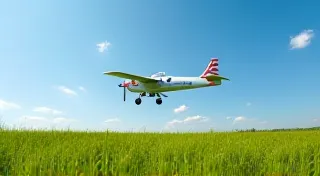Understanding Airplane Wings: A Beginner's Look
Building a radio-controlled airplane is an incredibly rewarding hobby. While the electronics and construction are vital, understanding the basics of aerodynamics is crucial for successful flight. This article focuses on a key component: the wings. We’re diving into the fundamental concepts without getting bogged down in complex equations. Our goal is to give you a beginner-friendly understanding of how airplane wings work.
The Airfoil: More Than Just a Flat Surface
The cross-sectional shape of a wing is called an airfoil. It’s rarely just a flat surface. Instead, it's carefully curved on the top and relatively flatter on the bottom. This shape is critical for generating lift. As air flows over the curved upper surface, it has to travel a longer distance than the air flowing under the flatter lower surface. To meet up on the trailing edge, the air flowing over the top needs to speed up. Faster-moving air has lower pressure. This difference in pressure – lower pressure above and higher pressure below – is what generates lift.
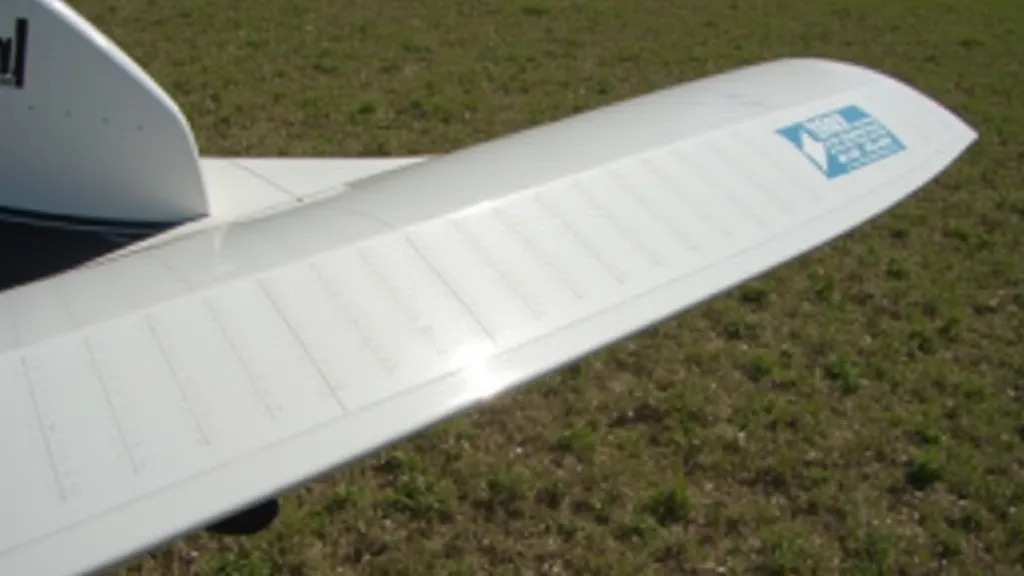
Wing Area: Bigger Isn't Always Better
The wing area refers to the total surface area of the wings. A larger wing area generally produces more lift at a given speed. This is beneficial for slower flight and easier landings. However, larger wings also increase drag (air resistance). Smaller wings, on the other hand, reduce drag but require higher speeds to generate sufficient lift. The ideal wing area depends on the intended performance of your RC airplane. For a simple, easy-to-fly design, a moderately sized wing area is usually best. Consider the plane’s weight and the desired flying speed when deciding on wing area.
Aspect Ratio: Spanning the Distance
The aspect ratio is the ratio of a wing’s span (the distance from wingtip to wingtip) to its chord (the distance from the leading edge to the trailing edge). A high aspect ratio wing (long and narrow) is generally more efficient for gliding and provides better lift-to-drag ratio. Low aspect ratio wings (short and wide) are stronger and more stable, but have higher drag. A simple RC airplane typically benefits from a moderate aspect ratio – not too extreme in either direction.
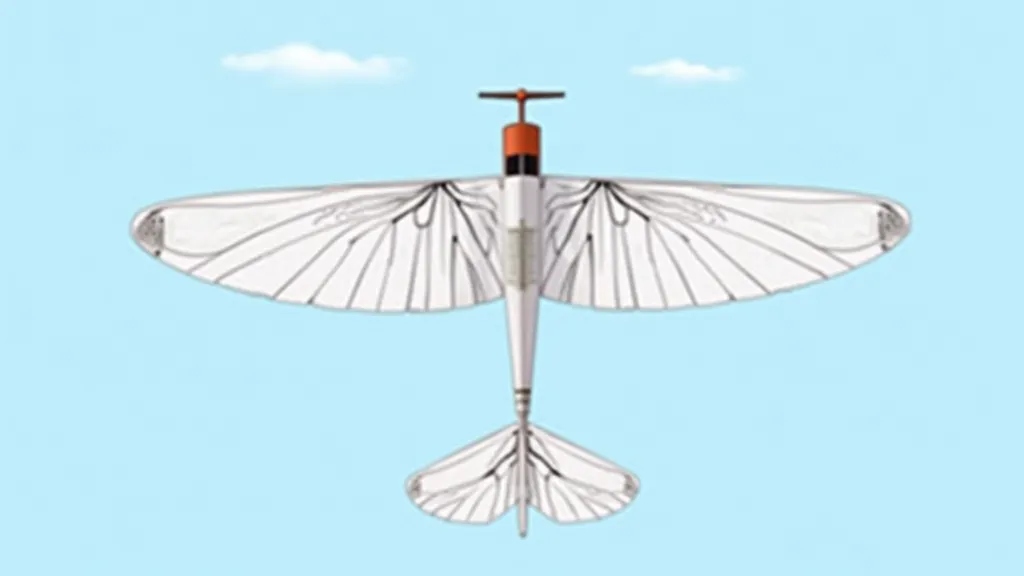
Dihedral & Anhedral: Stability in Flight
Dihedral refers to the upward angle of the wings from the fuselage (the body of the airplane). This angle creates stability. If the airplane rolls, the lower wing presents more surface area to the airflow, generating more lift and correcting the roll. Anhedral is the opposite—wings angled downward—and is less common in simple RC airplane designs.
Putting It All Together
While understanding all the intricacies of aerodynamics can be complex, grasping these basic principles of airplane wing design – airfoil shape, wing area, aspect ratio, and dihedral – will give you a solid foundation for building and flying your own RC airplane. Remember to experiment, observe, and learn from your experiences. Happy building!
